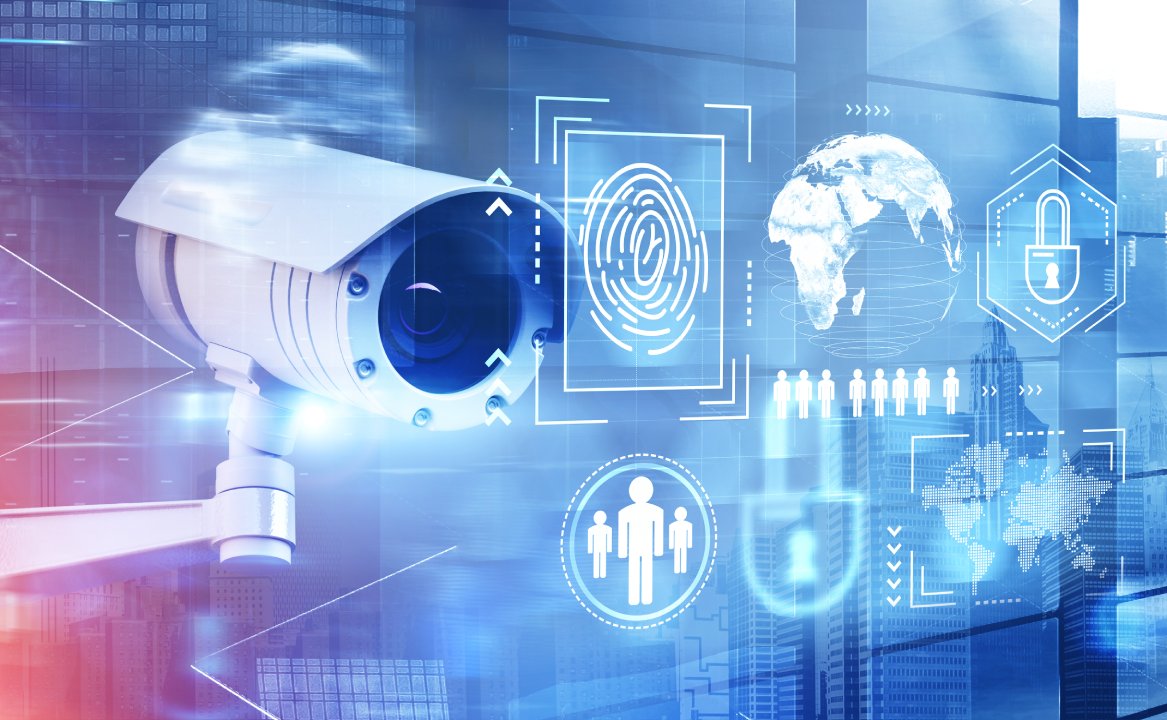As we gallop full-throttle into an era rewarded by technological breakthroughs and discoveries, biometric identification stands to be one of the most influential innovations. Biometric identification systems, intriguingly, tap into the unique physical attributes that differentiate one person from another. It’s been an essential authentication tool across various sectors, owing to its precision and security aspects.
Before we dive into the intricate mechanics, let’s understand the meaning of biometric identification. Of Greek origin, ‘bio’ translates to ‘life’ and ‘metric’ to ‘measure’. Thus, biometric identification measures certain physical or behavioral characteristics uniquely associated with an individual. It’s fascinating how this cutting-edge technology recognizes you by the shape of your face, the imprints on your fingers, even by the rhythm of your heartbeat.
Now, let’s dissect how biometric identification really works.
The Process: Capturing, Processing, and Authenticating
Biometric identification’s core function revolves around two primary steps – enrollment and authentication. The former includes collecting an individual’s biometric characteristic, such as fingerprints, voice patterns, iris, DNA, etc. Post capturing, this data is encrypted and stored securely in a database.
The authentication stage follows this. The system then scans the person’s biometric data again when they seek authorization. The stored biometric template is compared with the newly captured biometric data. If there’s a match, voila, you’re granted access!
Attribute Types: Physical and Behavioral
While all biometric attributes are unique to each individual, they broadly fall into two categories: physical and behavioral. Physical biometrics pertain to the inherent physiological characteristics like the face, fingerprint, iris, vein patterns, and DNA. On the other hand, behavioral biometrics relate to patterns derived from the person’s behavior. This can include keystroke patterns, gait, and even voice modulation.
Accuracy and Security: Unparalleled
The conventional password and pin system often pose significant security risks. They’re easily hackable and difficult to remember. Biometric identification, by virtue of its uniqueness to each individual, offers an unprecedented level of accuracy and security. But like every technology, biometric systems also have potential drawbacks and vulnerabilities. They demand utmost care with the data stored, considering their intimate linkage to individuals.
While many associate biometrics with espionage and covert operations, we use it daily, often without realizing it. From unlocking our smartphones with our faces or fingerprints, to voice commands activating virtual assistants, biometrics has crept into our daily life seamlessly. Thus, knowing this technology becomes essential to adapt to the acceleration of digital transformation around us.
Understanding biometric identification means appreciating the sublime fusion of technology, science, and human uniqueness. Like a piece in a jigsaw puzzle, biometrics is emerging as an integral part of our evolving digital identity landscape.
From ensuring secure access to your devices to making the world safer, the potential of this innovative technology truly is tremendous. As we stride into an ever-evolving tech era, biometric identification continues to shape our future, one unique attribute at a time. If you are as intrigued by this breakthrough technology and wish to delve deeper, stay connected with us for more technological insights.



